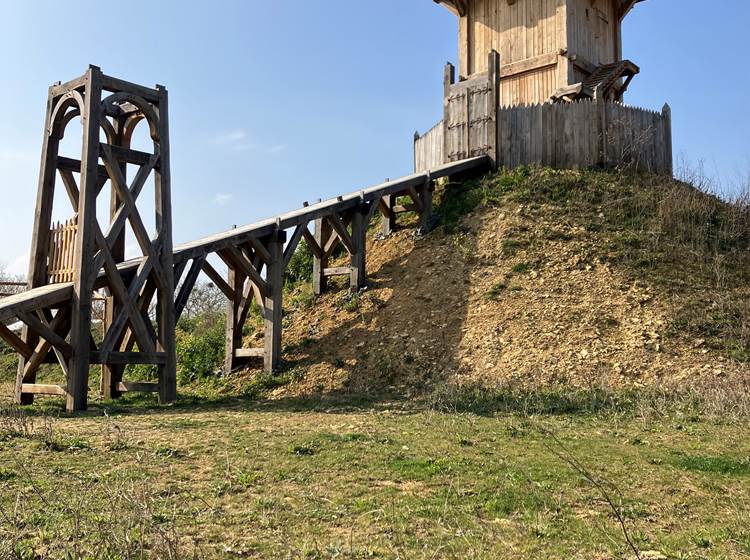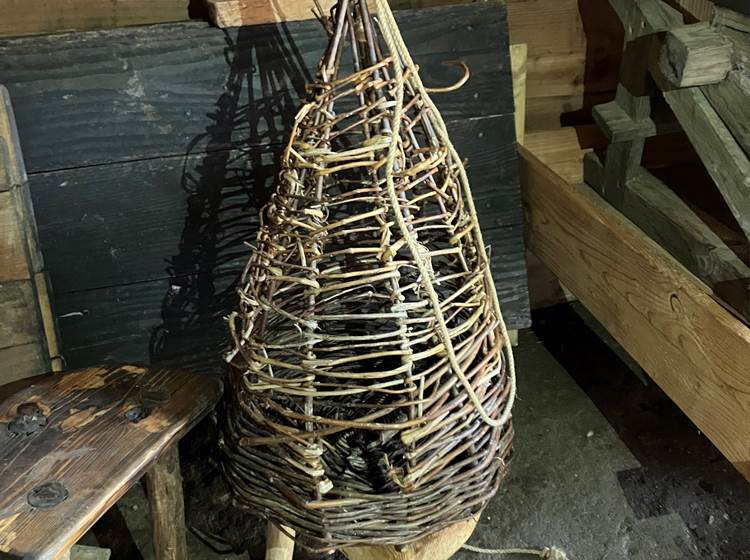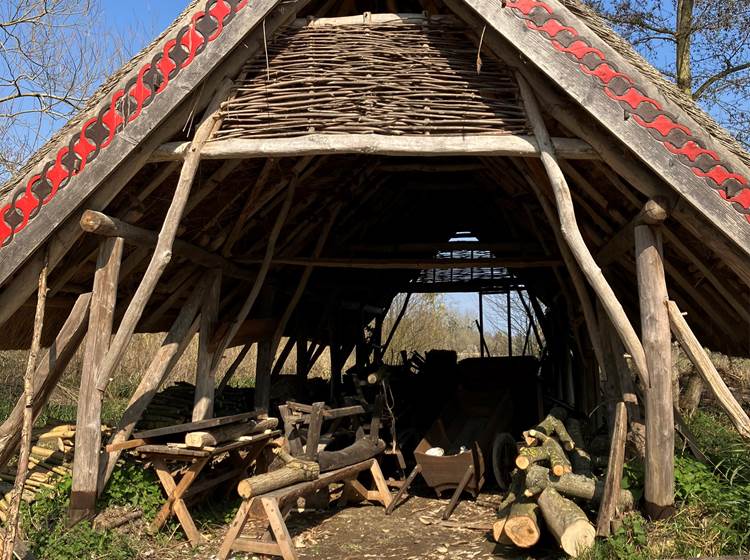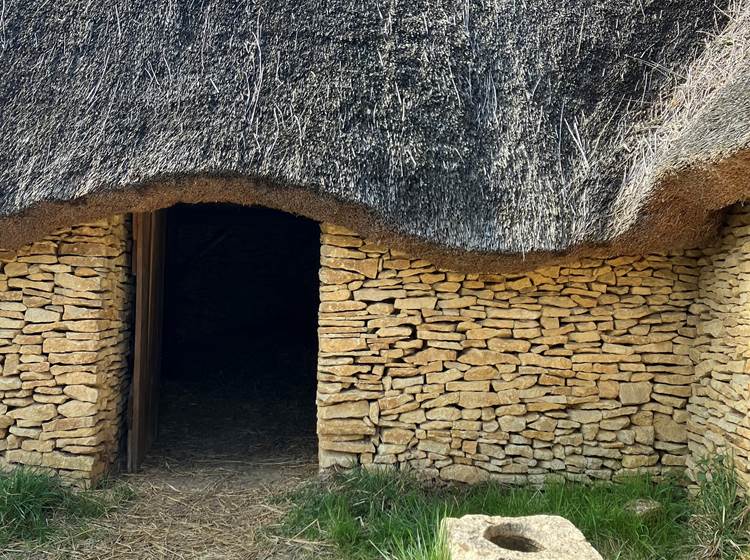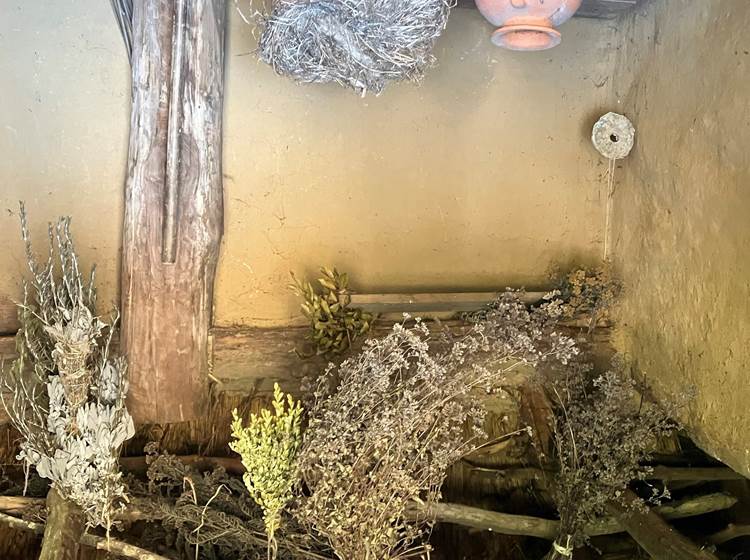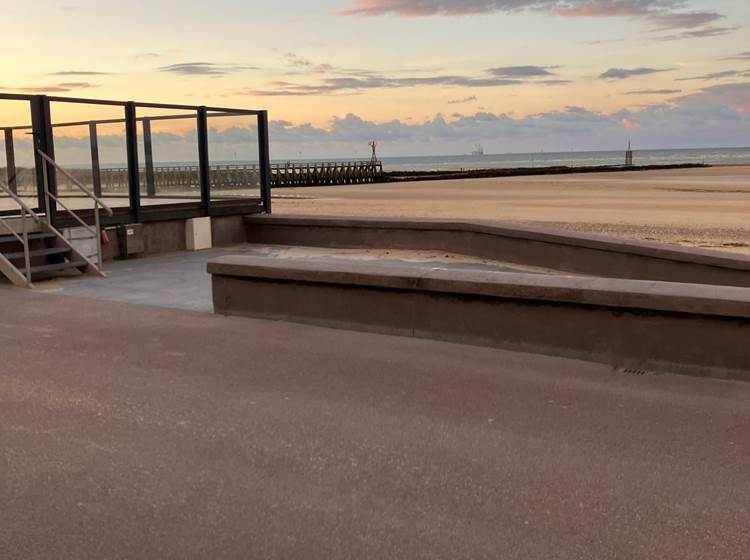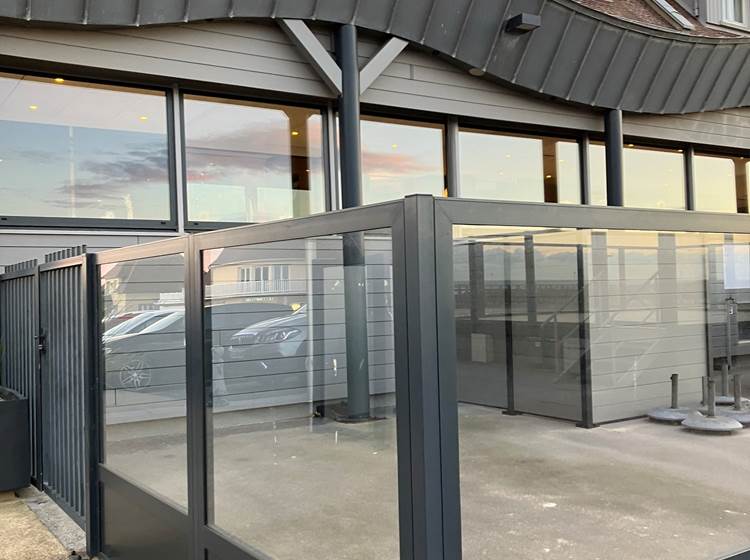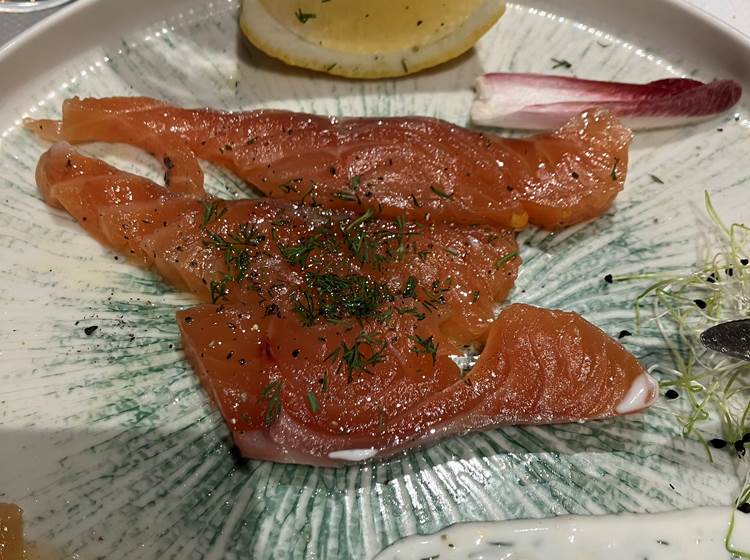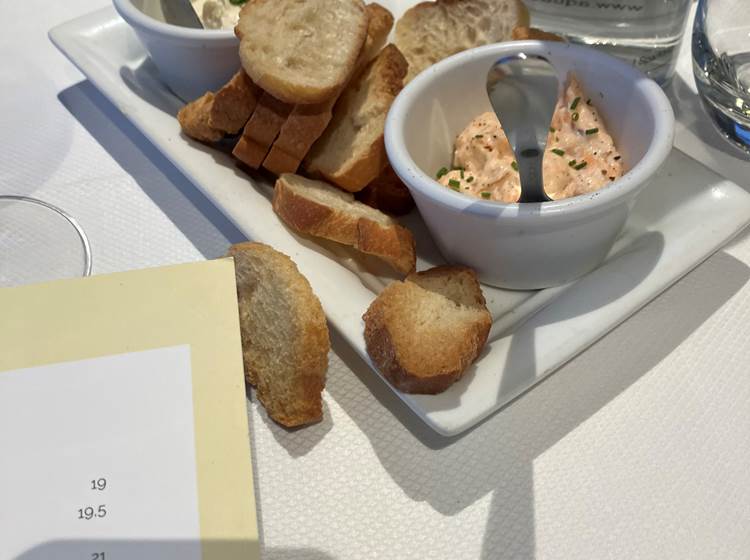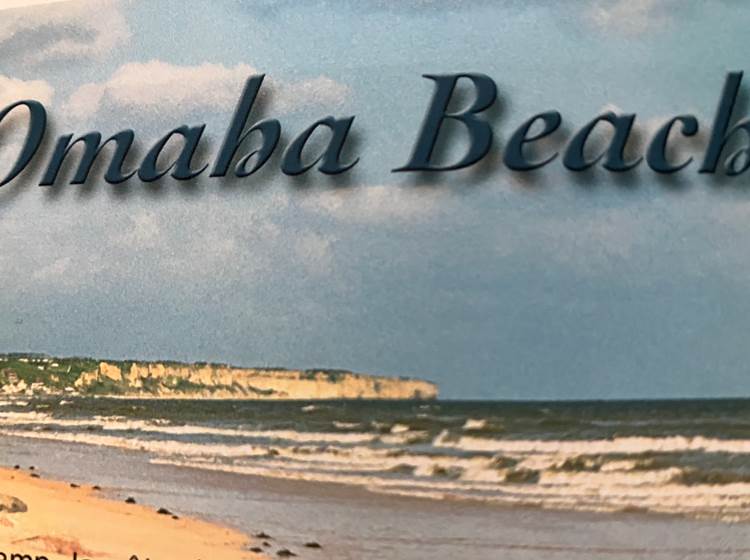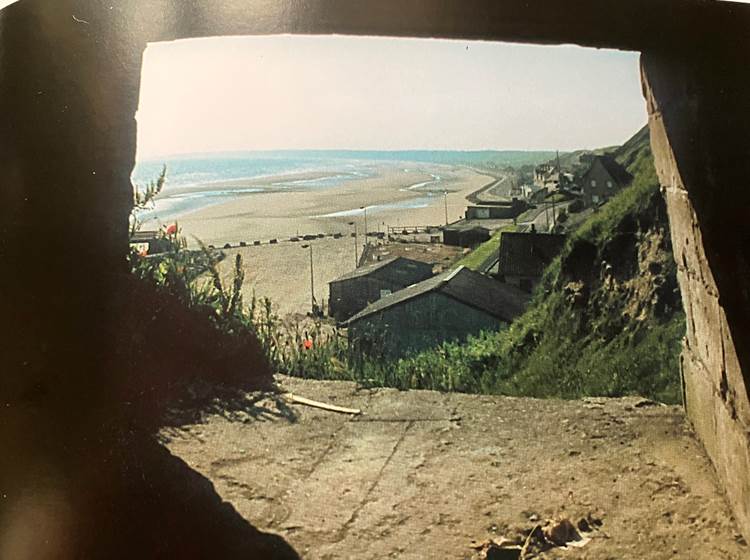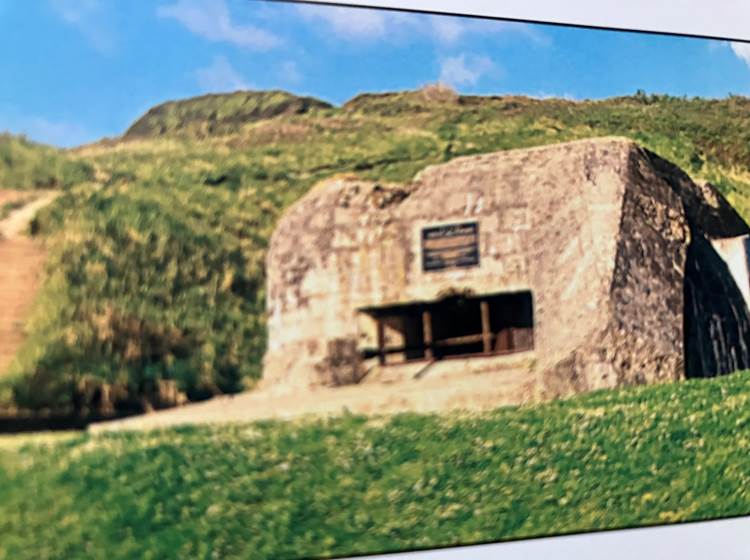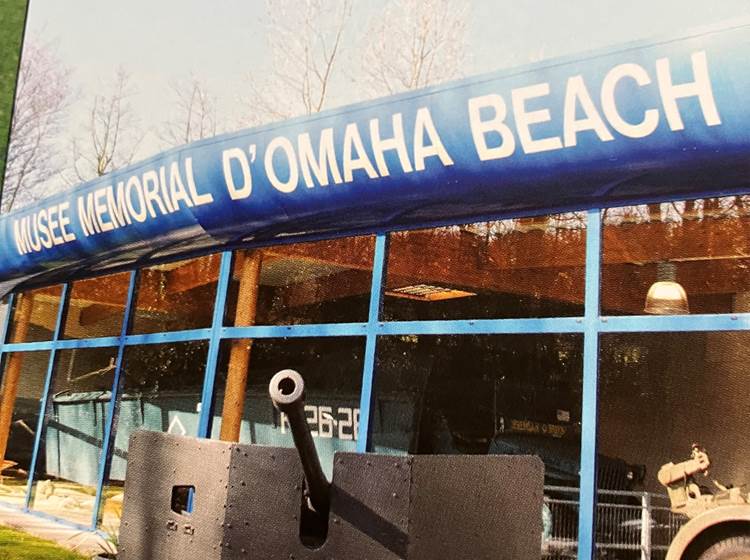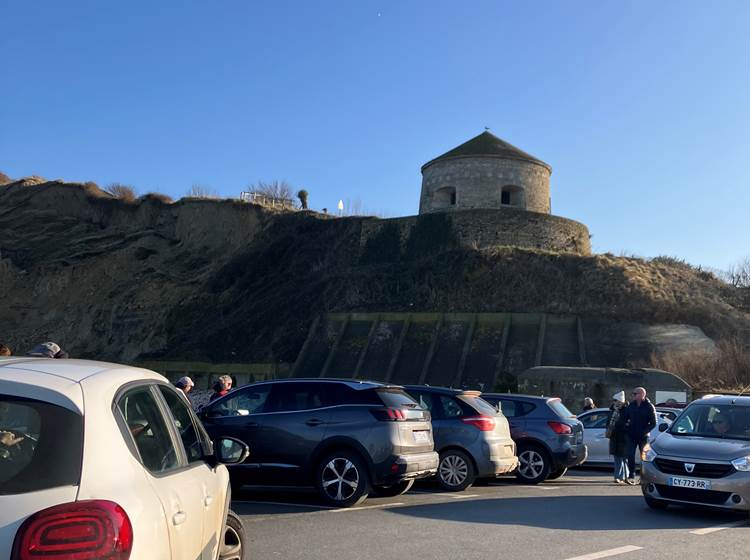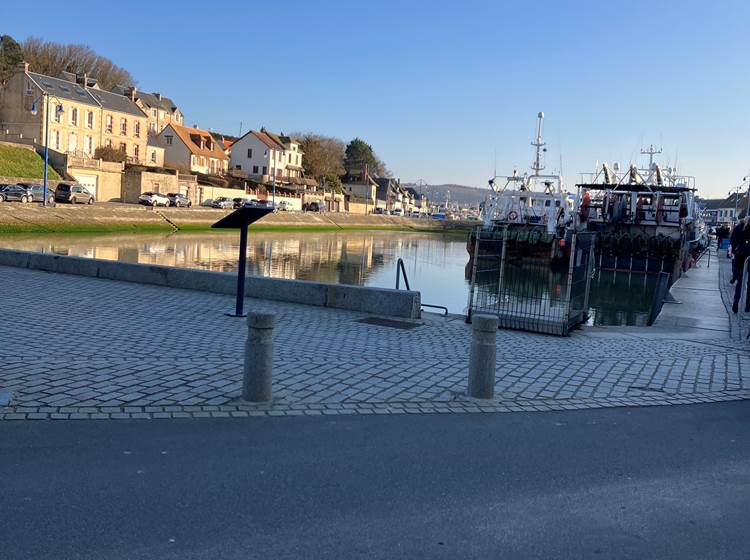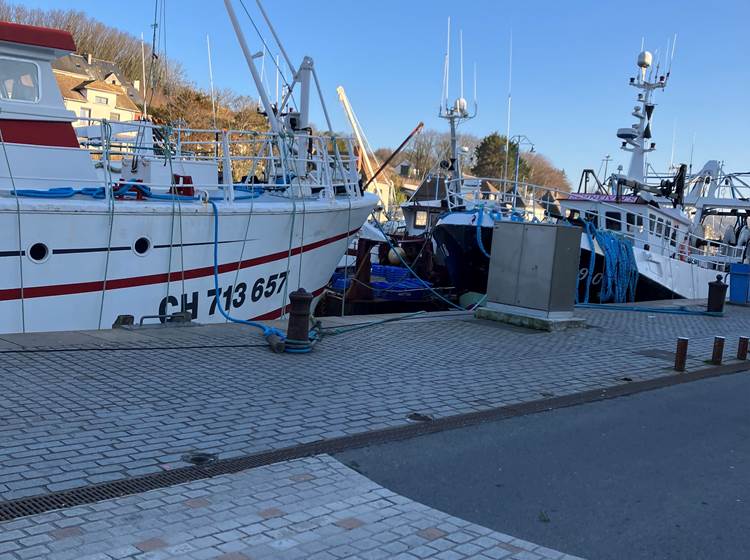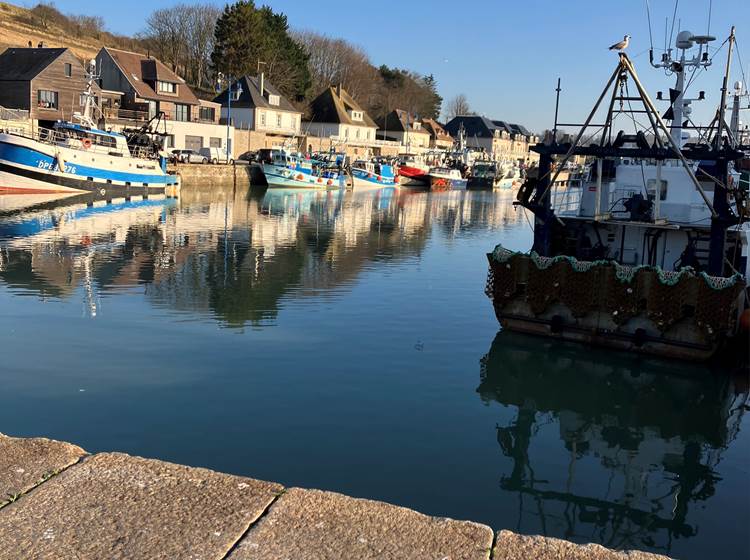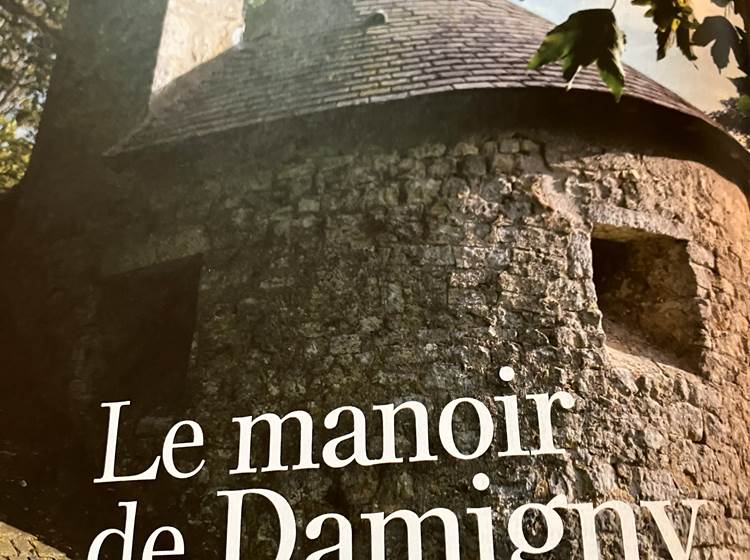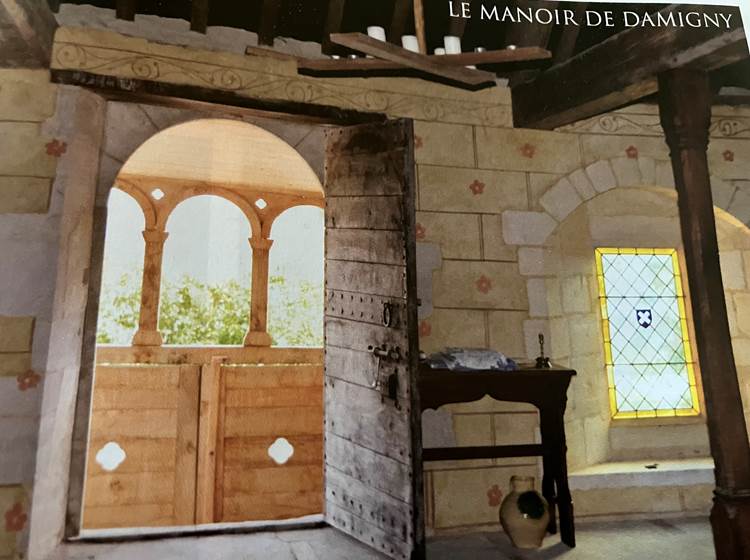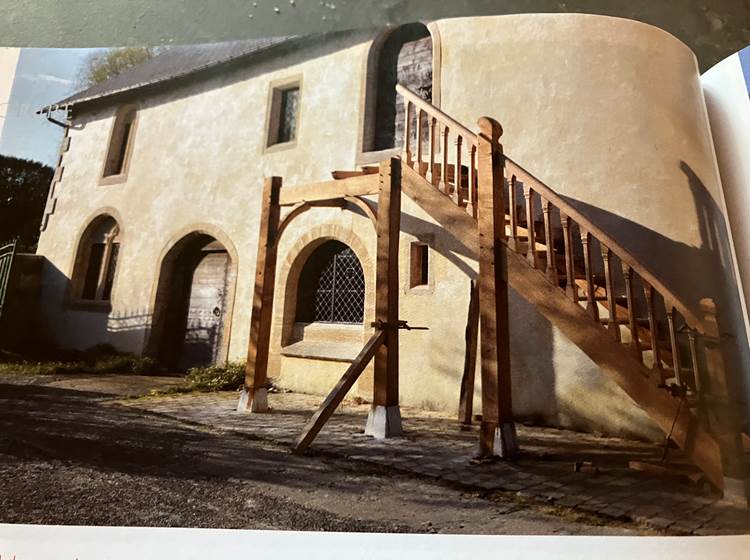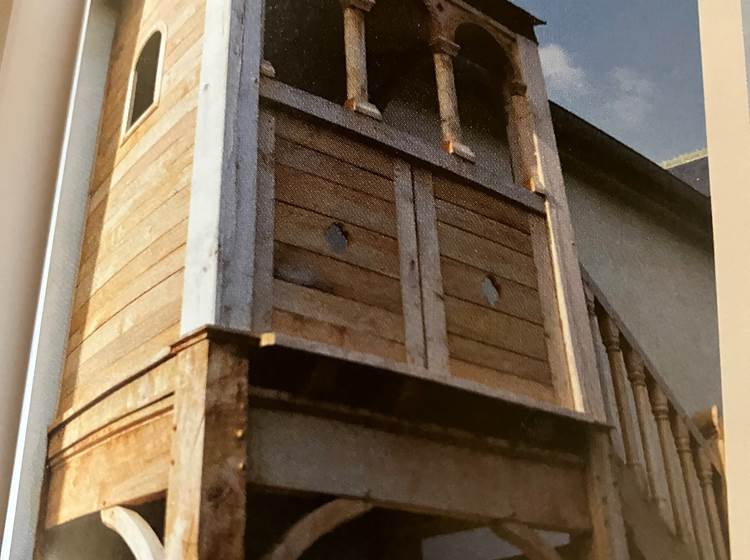
Our News
“Discovering Ornavik: an immersive journey to the Vikings and Carolingians!”
This week, we had the privilege of visiting the Ornavik Historical Park, a fascinating site that traces the evolution of Normandy, from the Vikings to the first Norman dukes. A unique immersion in the past, reminding us of the medieval roots of our own Manoir de Damigny! You will be able to discover the motte-and-bailey castle, the last defensive structure of a Norman castle; the birdcage from the Viking era, which they brought on their ships, and the birds allowed them to know if they were near the coast; the Viking hall for sheltering the ships; a reconstructed 9th-century Carolingian house, which is what the first Vikings discovered... And other discoveries to be made on site... "For our history-loving visitors, Ornavik is a must-see destination during your stay at the Manoir de Damigny. A wonderful opportunity to delve into the history of our region before fully experiencing it in our medieval room!
A great discovery: The Crémaillère in Courseulles-sur-Mer
Because we love sharing our favorite places with you, we recently tried La Crémaillère in Courseulles-sur-Mer, and we loved it! This restaurant, ideally located facing the sea, offers the perfect setting for a convivial meal. The staff is warm and attentive, and the cuisine is refined and delicious, showcasing seafood and local produce. Whether for a sunny lunch or a dinner overlooking the sunset, La Crémaillère is a place we recommend without hesitation! And you, have you already tried this restaurant? Share your experience with us!
Omaha Beach – A place steeped in history
Located just under 30 minutes from the Manoir de Damigny, Omaha Beach is one of the most emblematic beaches of the Landings of June 6, 1944. Nicknamed "Bloody Omaha" because of the violent German resistance, it was the scene of one of the fiercest battles of D-Day. It is here that thousands of American soldiers braved the sea and enemy fire to liberate France and Europe. Today, this immense beach of golden sand is both a place of memory and a magnificent natural site, conducive to reflection and meditation.
Not to be missed: •
The American Cemetery of Colleville-sur-Mer: A poignant place where more than 9,000 soldiers rest, overlooking the beach. •
The Omaha Beach Memorial Museum: An enriching visit to understand the issues and events of the Landing.
• Pointe du Hoc: An impressive site with its steep cliffs and bomb craters, witness to the courage of the American Rangers. Whether you are passionate about history or simply curious to discover this essential part of the past, Omaha Beach is an essential stopover during your stay in Normandy.
Port-en-Bessin-Huppain is a charming town in Calvados, Normandy, located on the Channel coast between Bayeux and Arromanches-les-Bains. This small fishing port, famous for its scallops, combines authenticity and maritime dynamism.
Its picturesque port, surrounded by green cliffs, welcomes both trawlers and pleasure boaters. The atmosphere is lively, especially during the fish market and the annual festival "La fête de la coquille".
Port-en-Bessin is also marked by the history of the 1944 Landings. Located between Omaha Beach and Gold Beach, it was a strategic site during Operation Overlord. There are military remains and memorials related to this period.
Finally, its natural and maritime setting has inspired many artists and filmmakers, contributing to its unique charm. It is a popular destination for lovers of seafood, history and typical Norman coastal landscapes. So come along in September for ""La fête de la coquille"".
The Damigny Manor
A return to the 13th century
For three decades we have been based in Damigny, and it was the "miracle" of discovering and restoring the manor built around 1230.
Like many medieval castles, that of Damigny was divided between a "high courtyard" and a lower courtyard. The first was the fortified redoubt, a sort of keep here with a chapel behind its own enclosure and a sheet of water about thirty meters wide. The neighboring castle remains, rebuilt in the 19th century with a residual moat.
On the other hand, the "lower courtyard", site of the manor and living space was essential for the water supply, but also for defense. It is particularly well preserved and above all, largely restored to its original state. The manor, built around 1230, at the time of the youth of King Saint-Louis, is almost intact, after renovation. It is based on the high defensive north wall, ending with a defensive tower from the 15th century, with a moat at its foot. Near the entrance to the manor, on the right, there is a spring with a high flow (12m3 per hour) with three basins, populated with carp and ducks. The sheet of water that surrounded the "high courtyard", now the moat and the basin of the neighboring modern castle.
The manor is typical of this type of building, in the 12th and 13th centuries, in Normandy and England: a ground floor devoted to storage and a dwelling on the upper floor which is accessed by an external staircase - this one, in wood, has been restored.. this arrangement also allowed for defense, the windows, narrow and chamfered on the upper floor were fitted with bars - they remain in the western gable.
By pushing the solid door with crossed planks and hinges restored identically, we enter the manor of 110m on the ground which is divided between aula (the reception hall) and camera (bedroom, private part, smaller). The wall decoration, with "faux-pierre" motif, painted in fresco on the lime, restores that of the nearby church of Nonant which, for various reasons, had to be transposed here. You find yourself in an authentic medieval decor, lit by stained glass windows, a wonderful journey through time. a fireplace whose mantel has been restored with its painted decoration stands on the eastern gable, adjoining the site. On the western side, the "camera" space with the copy of a 13th century bed and a 15th century chest.
A gallery surmounts this room.
This unique and exceptional decor in the Great West, we have restored and restored it after sixteen years of work. We are specialists in the Middle Ages, and publish the magazine entitled "Middle Ages".
During your stay in our cottage, a more recent building, although it is prior to the 18th century, you will have the opportunity to discover our manor, and if everyone's time-in allows it, we can spend a friendly moment with you......


